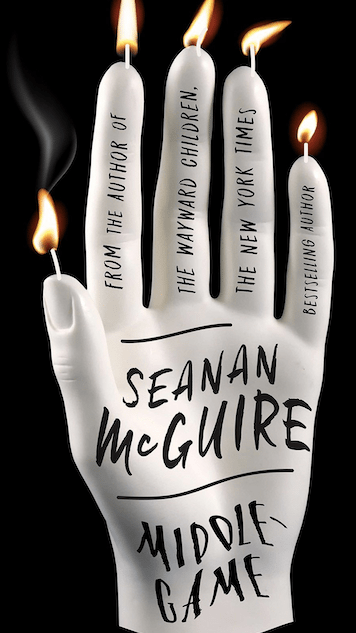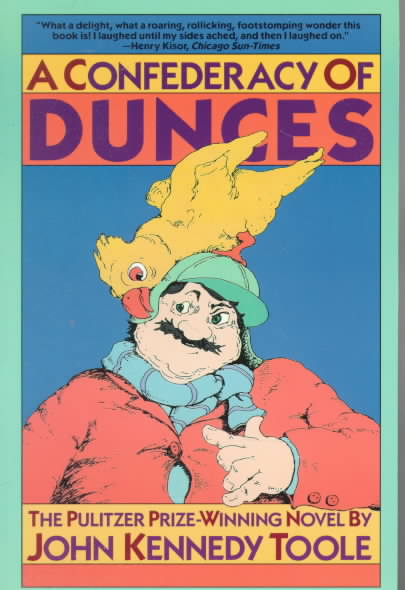Teen Fantasy Fiction Novels with Strong Female Protagonists
Mary Swabb, Learning & Information Services Supervisor
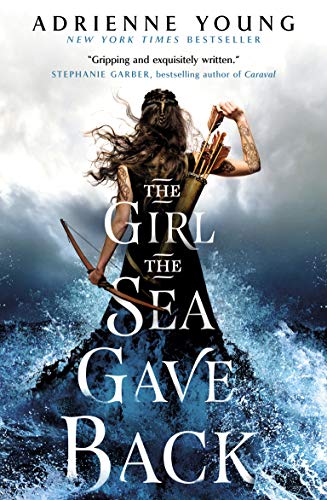
Fantasy fiction has always been a favorite of mine. Specifically, young adult or teen fantasy fiction. For those who may not favor fantasy fiction, the Encyclopedia Britannica states that it is, “imaginative fiction dependent for effect on strangeness of setting (such as other worlds or times) and of characters (such as supernatural or unnatural beings).” My passion for fantasy solidified after reading “Harry Potter and the Prisoner of Azkaban” when I was twelve. There was a huge fandom surrounding the novels at that time. My siblings and I all devoured the first three novels in the series before attending a midnight release party, at our local Walden Books, for the fourth novel. It seemed like there was something in Harry Potter for everyone: adventure, mystery, magic, strong friendships, triumph over adversaries, etc. Perhaps this was why the books had mass appeal. Personally, I enjoyed reading Harry Potter and other fantasy novels because they allowed me to traverse worlds full of magic and wonder, meet characters with a variety of personalities and abilities, and experience the thrill of adventure. Two decades have passed since my passion for fantasy novels began, but I still enjoy them.
Currently, I favor reading fantasy with strong female protagonists who overcome insurmountable odds to achieve their goals. I find the strength within these female characters inspiring, and their stories of adventure thrilling. Take Kamzin in Heather Fawcett’s, “Even the Darkest Stars,” for example. Kazmin was selected to become her village’s shaman, but secretly desired to become one of the emperor’s royal explorers (elite climbers) who are responsible for mapping the Empire’s arctic mountains. Kamzin’s path was set until Shara, the greatest royal explorer, came to her village needing her family’s help. Kamzin is more than willing to help Shara if he would take her on his next expedition, a quest to retrieve a talisman from the tallest and deadliest mountain in the Aryas. And so, Kamzin’s journey begins amidst a chance encounter, a shocking betrayal, and a promising adventure that may just shed light on Kamzin’s family history. Kamzin’s story continues in, “All the Wandering Light.”
If you find the paranormal and supernatural interest you, in addition to non-linear narratives, then check out Rin Chupeco’s,“The Bone Witch.” A dark and captivating tale about Tea, a young girl from a small town who accidentally raises her deceased brother from the dead. This catches the attention of the empire’s asha, elemental magicians, who are revered and commodified for the wealth and health of the empire. Tea’s gift for necromancy is rare and makes her a bone witch, a witch who can raise the dead and battle daeva, monsters who terrorize villages. Tea follows Lady Mykaela, her new mentor and the only other bone witch in the kingdom, to the capitol to train as an asha for House Valerian. While training in the capitol, Tea begins to learn that not all asha are created equal and her experiences highlight the cracks in the foundation of capitol society. Tea’s ominous journey continues in, “The Heart Forger,” and culminates in, “The Shadow Glass.”
Historical fiction and fantasy pair well together in my opinion, and I find that I quite enjoy narratives that reimagine history or seamlessly blend the historical with the fictional. “Sky in the Deep” by Adrienne Young is such a novel. Young weaves elements of Vikings and seafaring Scandinavians with a fictional setting and characters to create a bold and beautiful tale of survival, discovery, adventure, family, and love. “Sky in the Deep,” begins on the battlefield following Eelyn, a seventeen-year-old Aska warrior as she fights with her father and best-friend against the Riki clan. The Aska and the Riki have a long running feud that leads to skirmishes every season. As an Aska warrior, Eelyn’s life seems straightforward, until she sees her deceased twin brother on the battlefield fighting for the Riki. Eelyn attempts to follow her brother, but is taken captive and enslaved. As she lives among her enemies, Eelyn is forced to question who she can trust, and ultimately how she can unite two clans to face an even greater enemy. Young continues the chronicles of the Aska and Riki clans in “The Girl the Sea Gave Back.”
For more book recommendations, please contact Manhattan Public Library at 785-776-4741 ext. 200 or refstaff@mhklibrary.org. If you’d like more personalized book recommendations, please fill out a request for a personalized reading list at https://mhklibrary.org/personalized-reading-list-2/.


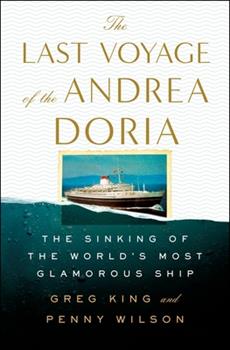
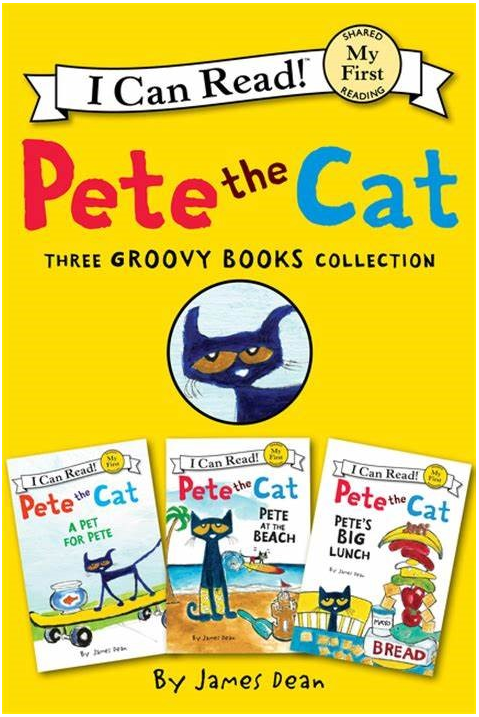 We all know kids need good books that inspire them, amuse them, and spark their curiosity. With library stacks closed from browsing, it can be a struggle to find new children’s books for every child in your family. Most kids are not reading the
We all know kids need good books that inspire them, amuse them, and spark their curiosity. With library stacks closed from browsing, it can be a struggle to find new children’s books for every child in your family. Most kids are not reading the 